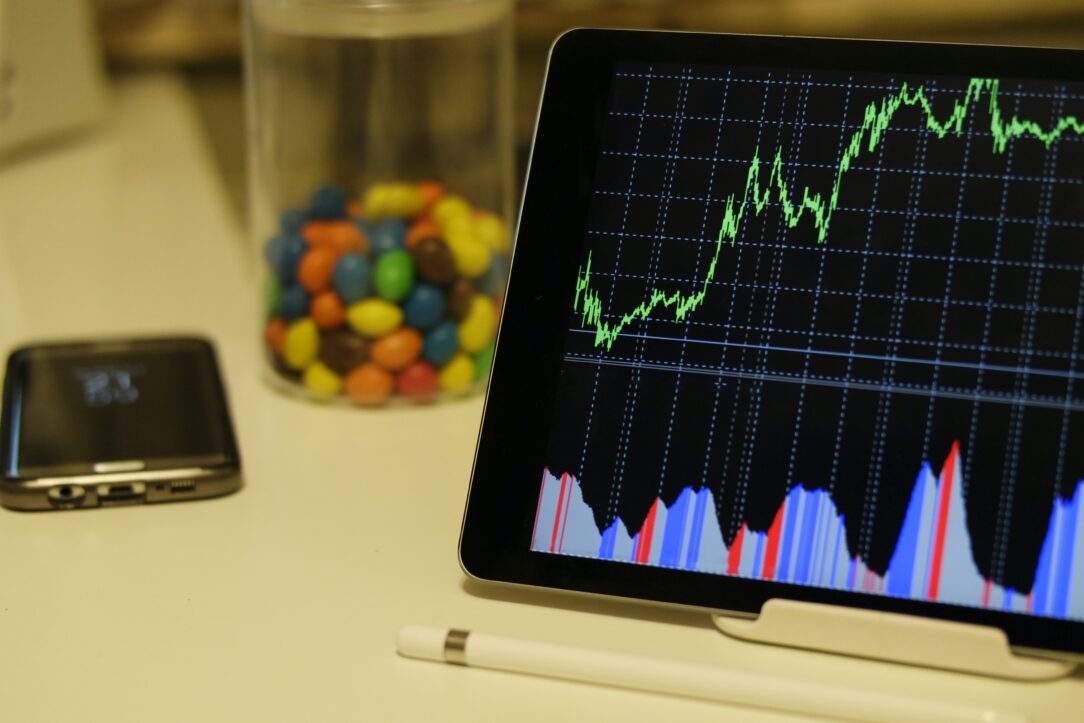The discipline to follow some of the basic forex trading principles is something that most professional traders share. However, a trading system consists of more than just a rule or collection of rules for when to enter and leave a deal. Instead, it is a thorough method that considers five critical aspects, not the least of which is your personality. This article will discuss the general practice of developing a rule-based trading system.
Trading is all about making the law of averages work in your favor. Unfortunately, profitable trading has no shortcuts. Therefore, it would be best to repeatedly trade a proven forex trading technique so that the tactics operate well across a series of trades to achieve an overall profit. The method is simple: if you trade with discipline, you will prosper; if you trade without discipline, you will fail. Here are five golden rules that have helped shape many a trading journey and that I hope will also guide you on your forex journey.
1. Selecting the Right Software –

Source: pexels.com
While searching for forex trading software, be wary of promises of assured results. No forex trading software guarantees profitable deals. If there was, why would anyone want to buy it? Instead, use a reputable broker such as Oanda.com.
The Best Forex Trading Platform should provide a variety of tools that make it simple to execute deals. The number of features available and your budget should be considered while making your selection. A sophisticated trading platform, for example, will provide more sophisticated capabilities than a simple interface. A user-friendly interface allows you to practice before making a long-term investment. Furthermore, an ideal platform should be simple to use so that you can concentrate on learning how to trade.
2. Pace Yourself –
Don’t expect to make a ton of money right away. The most common issue that rookie traders confront is that they lose money when they start trading and eventually leave. Begin with minor trades and gradually increase your profits. It takes time, work, determination, and patience.
Scheduling involves setting aside specific time trading. Concentrating on this one task and avoiding distractions will increase your chances of success. This applies to every trade and, in the long run, having a profitable track record. Trading does not have to happen at every session. In certain circumstances, you will set aside time to examine a few different configurations before concluding that there is nothing out there. Do not force yourself to make a trade. Testing the markets and opting not to trade is an excellent option that can save you money.
3. Watch Out for Pivot Points –

Source: deccanchronicle.com
Paying attention to daily pivot points is particularly crucial if you are a day trader. Still, it is also vital if you are a position trader, swing trader, or exclusively trade long-term time frames. Why? Because thousands of others monitor pivot levels. We’re not suggesting that pivot trading be your primary approach. Instead, we’re advising that you should keep a watch on daily pivot points for signs of trend continuations or potential market reversals regardless of your approach. Consider pivot points and the activity around them as a confirming technical indication that you may use in combination with whatever trading method you have chosen.
4. Create Stop-Loss Orders –
It is critical to enter a stop-loss order while trading currencies. Stop-loss orders protect you from significant losses if the base currency moves in the opposite direction of your bet. For example, when you predict the price to rise, a basic stop-loss order may be ten pips below the current price or ten pips above the current price. This strategy is dependent on the amount of money you’ve set aside for trading. If one EUR/USD pip costs $10, a 10-pip move lower on one ordinary lot might cost you $100.
5. Risk Management –

Source: pexels.com
The most crucial aspect of your risk management approach is deciding how much of your capital you are willing to risk on each deal. Day traders should ideally risk less than 1% of their capital on any single trade. A stop-loss order terminates a transaction if it results in a loss of less than 1% of trading capital. Even if you lose numerous trades in a row, you will only lose a small portion of your money. At the same time, your losses are recouped if you make more than 1% on each profitable trade.
It’s usual for beginner Forex traders to believe that making money through online Forex trading is quick and straightforward. However, suppose you want to be successful and profitable in the Forex markets in the long run. In that case, it requires time, effort, commitment, and patience. You can’t just open a position in your trading platform without considering your Forex broker’s trading conditions, the market, leverage, and liquidity, all of which affect your capital.
The FX market allows you to identify trading opportunities on your own time, around the clock. Furthermore, the initial investment is minimal, and you may choose how much exposure or leverage you want on, giving you greater flexibility.
A Forex trader can be anyone with a little money and a lot of patience. The expertise and patience required to become a successful or profitable trader, on the other hand, involves limiting losses while recognizing strong trade set-ups with a favorable risk and reward set-up. Regardless of how simple it is to start a business, there are a few steps you need to do. Follow the guidelines outlined above and you will soon be an ace at trading Forex.




